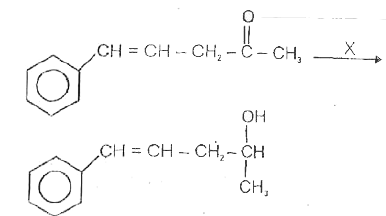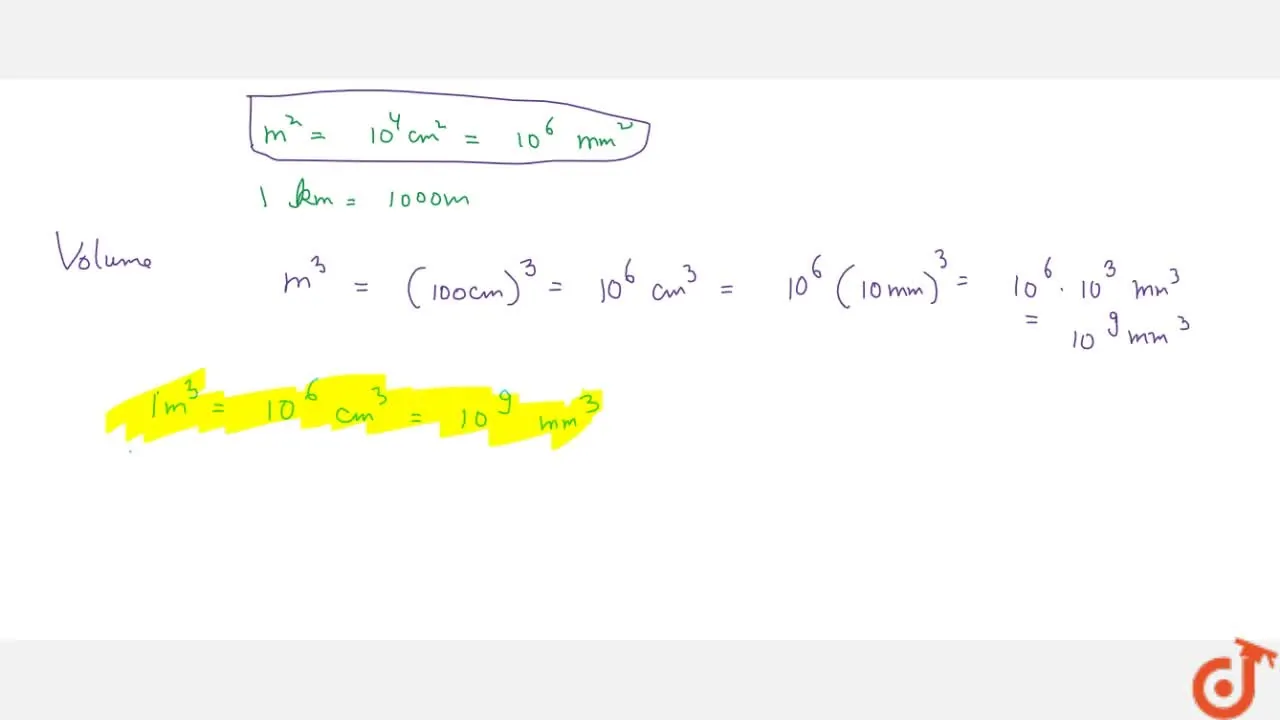Conversion of units
Conversion of Units
While solving numerical problems, many times, we require the conversion of units to complete the necessary calculations. For instance, to discover the area of a square, if a side length is given in cm, you are asked to calculate the area of a square in metres, then it is necessary to convert the side length in meters. For that, you should have the information to convert from the given unit to the required appropriate unit.
Individuals use various units of measurement in the things in which they are involved. There are times that the units used don't match to a person's inclination or accommodation as well as standards in specific processes and applications. Converting those units to the degree that it very well may be understood straightforwardly and applied appropriately is significant. For instance, a person who is just acquainted with the decimal standard can't easily figure out how tall is a tree measuring 32 feet in height. Converting 32 feet to most likely in meters will enable the person to know how tall the a tree is.
Understanding Conversion of Units
The usage of a unit depends on the circumstances, for instance, such as the area of a building is expressed in feet, but the length of a pencil is expressed in centimetres and its thickness in mm.
Thus we have to convert one unit to another. Before the conversion of units, we have to understand the relationship between units:
Each physical quantity like length, time, mass, temperature and so forth, have a specific unit. We can say, a unit is a measure of the magnitude of a physical item or quantity.
Types of Unit System
There are two systems of units that are followed:
1. SI units (International System of Units)
2. Metric system
For instance, SI unit of length is a meter (m), while units under metric systems are kilometre (km), meter (m), decimeter (dm), centimetre (cm) and millimetre (mm).
SI unit of mass is Kilograms (kg).
What is the need of Mathematical Conversions?
To have precision and maintain uniformity in measurement, we have to convert one unit to another. For instance, we don't measure the height of the tree in kilometres, in such case one need to convert a kilometer (km) to metres (cm). For the most part, the conversion of one unit to another unit of the same amount is performed using multiplicative conversion factors.
Length Conversion
Below is a picture with a schematic representation for the conversion of length.

In the above figure, the length conversion is explained with simple details. The connection between the neighboring unit varies by the factor of 10 (moving left to right) and the other way around (right to left).
Example: Convert 5 mm to dam.
Solution: Given 5 mm length.
From the length conversion figure, we can figure out that dam is at 4th position left to mm.
Thus, we will divide the given length by 104.
⇒ 5 mm = 2/104 dam
⇒ 5mm = 0.0005 dam
Mass Conversion
Below is a picture depicting the scheme for conversion of mass.

Unit Conversion Table
We should view some of the basic unit conversion of mass and length.
Units of Length
Units of Mass
1 km = 10 hm
= 100 dam
= 1000 m
1 kg = 10 hg
= 100 dag
= 1000 g
1m = 10 dm
= 100 cm
= 1000 mm
1 g = 10 dg
= 100 cg
= 1000 mg
1 dm = 10 cm
= 100 mm
1 dg = 10 cg
= 100 mg
1 cm = 10 mm
1 cg = 10 mg
In the above table, we saw values of units of length are not the same for example 1 km ≠ 1m. At the point when 1 km is equivalent to 1000 m that means we need 1000 meters to make up one kilometer. This makes kilometer a greater unit than a meter. This is same for 1 Kg = 1000g. Conversion of units should be possible in a couple of steps.
Points to recall:
• To convert greater units to a smaller unit , we have to do mulitplication.
• To convert a smaller unit to a greater unit, we have to do division.
Related Videos:
- Units of Measurment of Area and Volume
- Faces; Edges and Vertex
- Cuboid
- Cube and Solid cube
- Surface area of a cuboid
Solved Examples on Unit Conversion
Example 1: Convert 5 dm to km.
Solution:
Step 1: Make a line or box as shown below,
km
hm
dam
m
dm
cm
mm
Write 1 at the larger unit to be converted.
Here we are required to convert dm to km,
As we know that km is the larger unit, thus put 1 under the km unit.
km
1
hm
dam
m
dm
cm
mm
Now put 0 until the unit that we want to convert to.
Here we are asked to convert dm to km, put 0 till the corresponding smaller unit.
km
1
hm
0
dam
0
m
0
dm
0
cm
mm
We see that the above conversion is from a smaller unit to a larger unit. Therefore, we have to divide the given length by 100000 (ie. 104).
5 dm=5×104 km
⇒5 dm=0.0005 km
Example 2: Convert 15 grams to centigrams.
Solution: We have to convert 15 grams to centigrams.
We know 1 g = 100 cg
Thus 15 g = 15 × 100 = 1500 cg
Example 3: Convert 6 Kms in to metres.
Solution: We know 1 Km = 1000 m
Now, we have to convert 6 km into m.
Therefore, 6 km = 6 x 1000 m = 6000 m
Example 4: Convert 80 grams into milligrams.
Solution: Here we are asked to convert grams ( bigger unit) to milligrams (smaller unit)
So we know from length conversion table that, 1 g = 1000 mg
So, 80 g = 80 x 1000 = 80, 000 mg
Important Chapters:


Units of Length
Units of Mass
1 km = 10 hm
= 100 dam
= 1000 m
1 kg = 10 hg
= 100 dag
= 1000 g
1m = 10 dm
= 100 cm
= 1000 mm
1 g = 10 dg
= 100 cg
= 1000 mg
1 dm = 10 cm
= 100 mm
1 dg = 10 cg
= 100 mg
1 cm = 10 mm
1 cg = 10 mg
km
hm
dam
m
dm
cm
mm
km
1
hm
dam
m
dm
cm
mm
km
1
hm
0
dam
0
m
0
dm
0
cm
mm
Similar Questions
In the conversion of

X isView SolutionApplication OF Dimensional analysis||Dimensional Formula OF Unknown Quantities in Equation||Conversion OF Unit From One System to Another
View SolutionConversion of metals into comounds : Thiobacillis :: Conversion of uranium salts ____
View SolutionConversion of metals into compounds : Thiobacilli : : Conversion of uranium salts : …..
View SolutionName the term used for the following :
(i) Conversion of vapours to solid (ii) Conversion of solid to liquid (iii) Conversion of vapours to liquid.View SolutionConversion of ATP to ADP releases
View SolutionConversion of water into steam is a ________ change.
View SolutionConversion of ethanol to ethanoic acid is a/an
View SolutionParts Per Million(PPM) || Parts Per Billion (PPB) ||Solved Numerical Question || Conversion OF 1 Unit into Another || Meaning OF Molal/Semi-molal/Deci-molal/Centi-molal
View SolutionConversion of Galvanometer
View Solution


